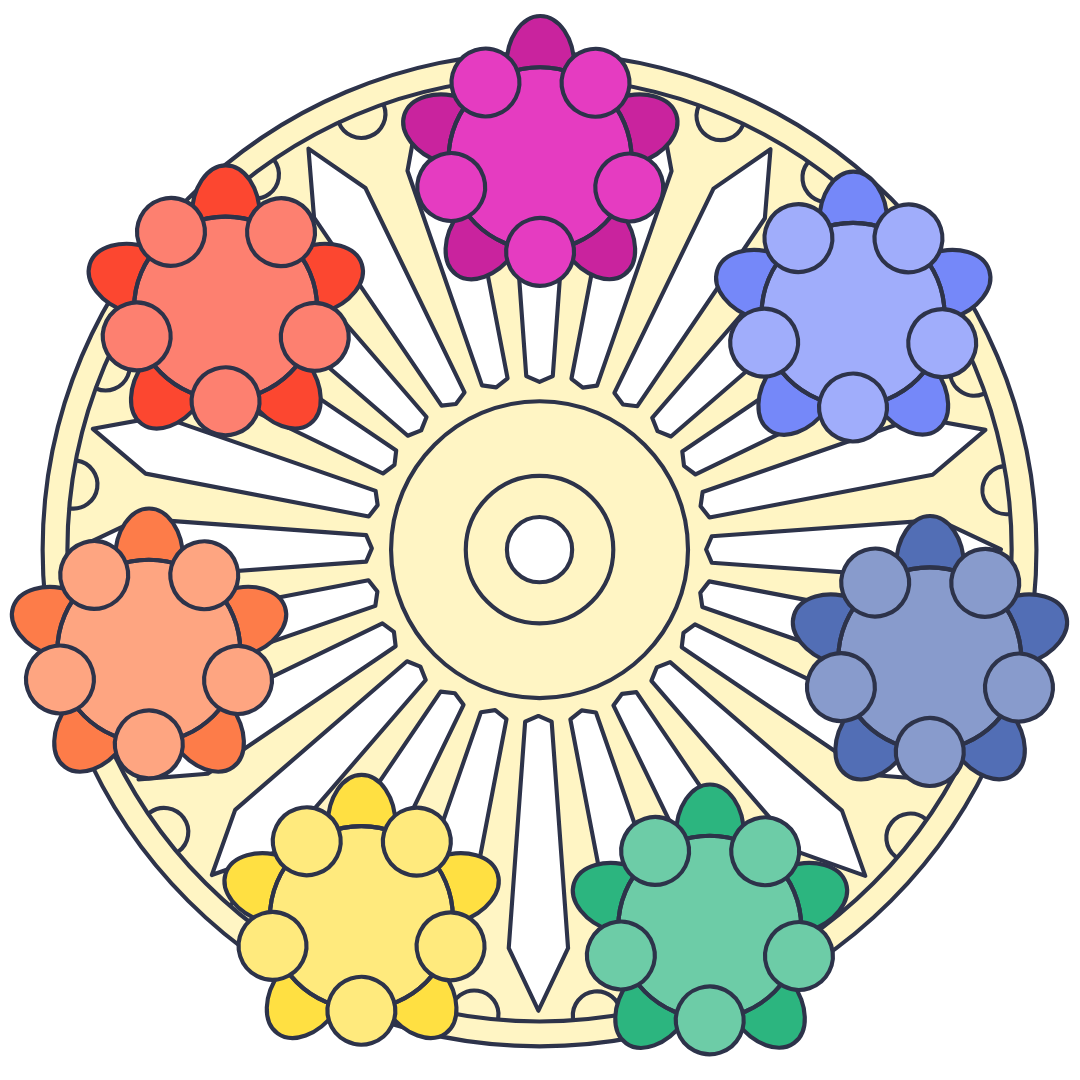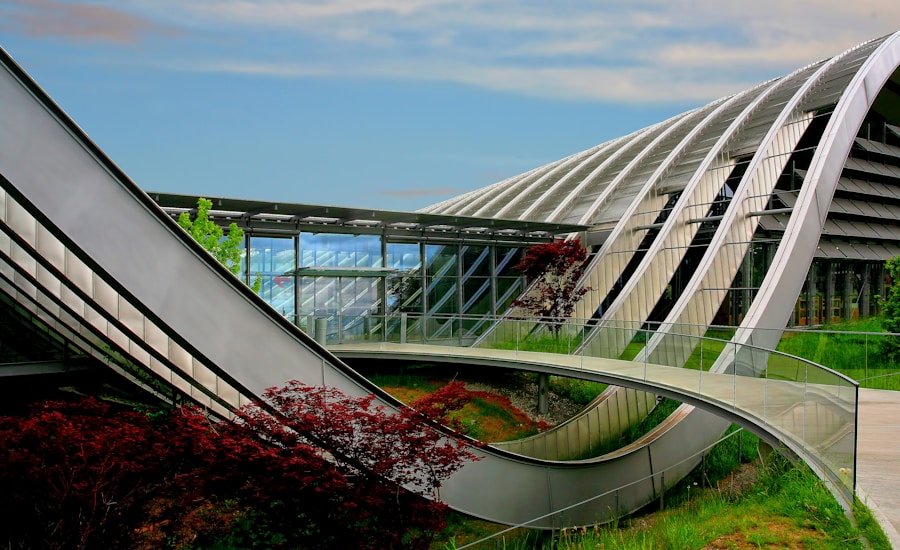Dubai’s corporate website design has come a long way since its early days, drawing inspiration from the desert landscape that surrounds the city. In the early 2000s, many corporate websites in Dubai featured earthy tones, such as sandy beige and warm terracotta, to reflect the natural hues of the desert. The use of geometric patterns and motifs reminiscent of traditional Arabic architecture and design elements was also prevalent, giving these websites a distinct regional identity. The typography used in these early designs often mimicked the calligraphy found in Arabic script, adding a touch of cultural authenticity to the overall aesthetic.
As Dubai’s economy began to boom, so did its corporate website designs. The city’s rapid development and modernization led to a shift in design aesthetics, with a greater emphasis on sleek and minimalist layouts. The use of high-quality images showcasing Dubai’s iconic skyline and luxurious landmarks became a common feature, reflecting the city’s newfound status as a global business hub. The incorporation of interactive elements, such as scrolling animations and parallax effects, also became popular, adding a sense of dynamism and sophistication to these websites.
Transitioning to Modernity: The Shift to Corporate Aesthetics
The transition to modernity in Dubai’s corporate website design was marked by a shift towards a more corporate aesthetic. As multinational companies set up their regional headquarters in Dubai, there was a growing demand for websites that exuded professionalism and sophistication. This led to the adoption of clean and polished designs, with a focus on user-friendly navigation and intuitive interfaces. The use of high-resolution images and videos became more prevalent, allowing companies to showcase their products and services in a visually compelling manner.
In addition to aesthetics, functionality also became a key consideration in Dubai’s corporate website design. With the rise of e-commerce and online transactions, websites needed to be optimized for seamless user experiences. This led to the integration of secure payment gateways and responsive design elements, ensuring that websites could adapt to different screen sizes and devices. The use of data analytics and user behavior tracking also became more widespread, allowing companies to gain valuable insights into their online audience and tailor their websites accordingly.
Embracing Sustainability: Eco-Friendly Design Elements
In recent years, there has been a growing emphasis on sustainability in Dubai’s corporate website design. With the city’s commitment to environmental conservation and green initiatives, many companies have sought to incorporate eco-friendly design elements into their websites. This has led to the use of sustainable materials and energy-efficient technologies in website development, as well as the promotion of eco-friendly practices such as paperless transactions and digital receipts.
In addition to environmental sustainability, there has also been a focus on social responsibility in corporate website design. Many companies in Dubai have used their websites as platforms to raise awareness about social issues and promote charitable causes. This has led to the integration of donation portals and fundraising campaigns on corporate websites, allowing users to contribute to meaningful causes directly through the website interface. Overall, the embrace of sustainability in Dubai’s corporate website design reflects the city’s commitment to creating a more environmentally conscious and socially responsible business environment.
The Rise of User Experience: Creating a Seamless Interface
One of the most significant developments in Dubai’s corporate website design has been the increasing focus on user experience (UX). As competition in the digital space has intensified, companies have recognized the importance of creating a seamless and intuitive interface that caters to the needs of their online audience. This has led to the adoption of user-centric design principles, with an emphasis on clear navigation, easy accessibility, and engaging content.
To enhance user experience, many corporate websites in Dubai have implemented personalized features that cater to individual user preferences. This includes personalized recommendations based on browsing history, interactive chatbots for customer support, and tailored content based on user demographics. In addition, there has been a greater emphasis on mobile optimization, with many websites adopting responsive design techniques to ensure a consistent user experience across different devices.
Incorporating Cultural Influences: Infusing Arabic Design Elements
Despite the shift towards modernity, many corporate websites in Dubai continue to incorporate Arabic design elements as a way of celebrating the city’s rich cultural heritage. This includes the use of Arabic calligraphy in typography, as well as the integration of traditional patterns and motifs inspired by Islamic art and architecture. These design elements not only add a sense of cultural authenticity to the websites but also serve as a nod to Dubai’s identity as a global crossroads of cultures.
In addition to visual aesthetics, many corporate websites in Dubai also incorporate cultural influences through content and language. This includes offering multilingual options for website content, as well as featuring culturally relevant imagery and storytelling that resonates with local and international audiences alike. By infusing Arabic design elements into their websites, companies in Dubai are able to create a sense of connection and inclusivity that transcends cultural boundaries.
The Future of Dubai’s Corporate Websites: Innovation and Technology
Looking ahead, the future of Dubai’s corporate website design is poised for innovation and technological advancement. With the city’s ambitious vision for becoming a global leader in technology and innovation, there is an increasing focus on integrating cutting-edge technologies into website development. This includes the use of artificial intelligence (AI) for personalized user experiences, virtual reality (VR) for immersive product showcases, and augmented reality (AR) for interactive storytelling.
Furthermore, there is a growing emphasis on data-driven design strategies, with companies leveraging big data analytics to gain insights into user behavior and preferences. This allows for more targeted and personalized website experiences, ultimately leading to higher engagement and conversion rates. As Dubai continues to position itself as a hub for technological innovation, it is expected that corporate websites in the city will play a pivotal role in showcasing the latest advancements in digital technology.
Impact on Global Design Trends: Dubai’s Influence on Corporate Website Designs
Dubai’s influence on global design trends is undeniable, particularly in the realm of corporate website designs. As one of the world’s leading business hubs, Dubai has set new standards for corporate website aesthetics and functionality, inspiring companies around the world to adopt similar design principles. The city’s seamless integration of cultural influences with modern technology has served as a blueprint for creating globally appealing websites that resonate with diverse audiences.
Furthermore, Dubai’s commitment to sustainability and social responsibility has had a ripple effect on global design trends, with many companies looking to emulate the eco-friendly and socially conscious practices seen in Dubai’s corporate websites. As the city continues to push boundaries in innovation and technology, it is expected that its influence on global design trends will only continue to grow, shaping the future of corporate website designs worldwide.
In conclusion, Dubai’s corporate website design has evolved significantly over the years, reflecting the city’s journey from its desert-inspired roots to its current position as a global business powerhouse. From embracing sustainability and cultural influences to prioritizing user experience and technological innovation, Dubai’s corporate websites continue to set new standards for design excellence. As the city looks towards the future, its influence on global design trends is poised to remain strong, shaping the way companies around the world approach their online presence.

